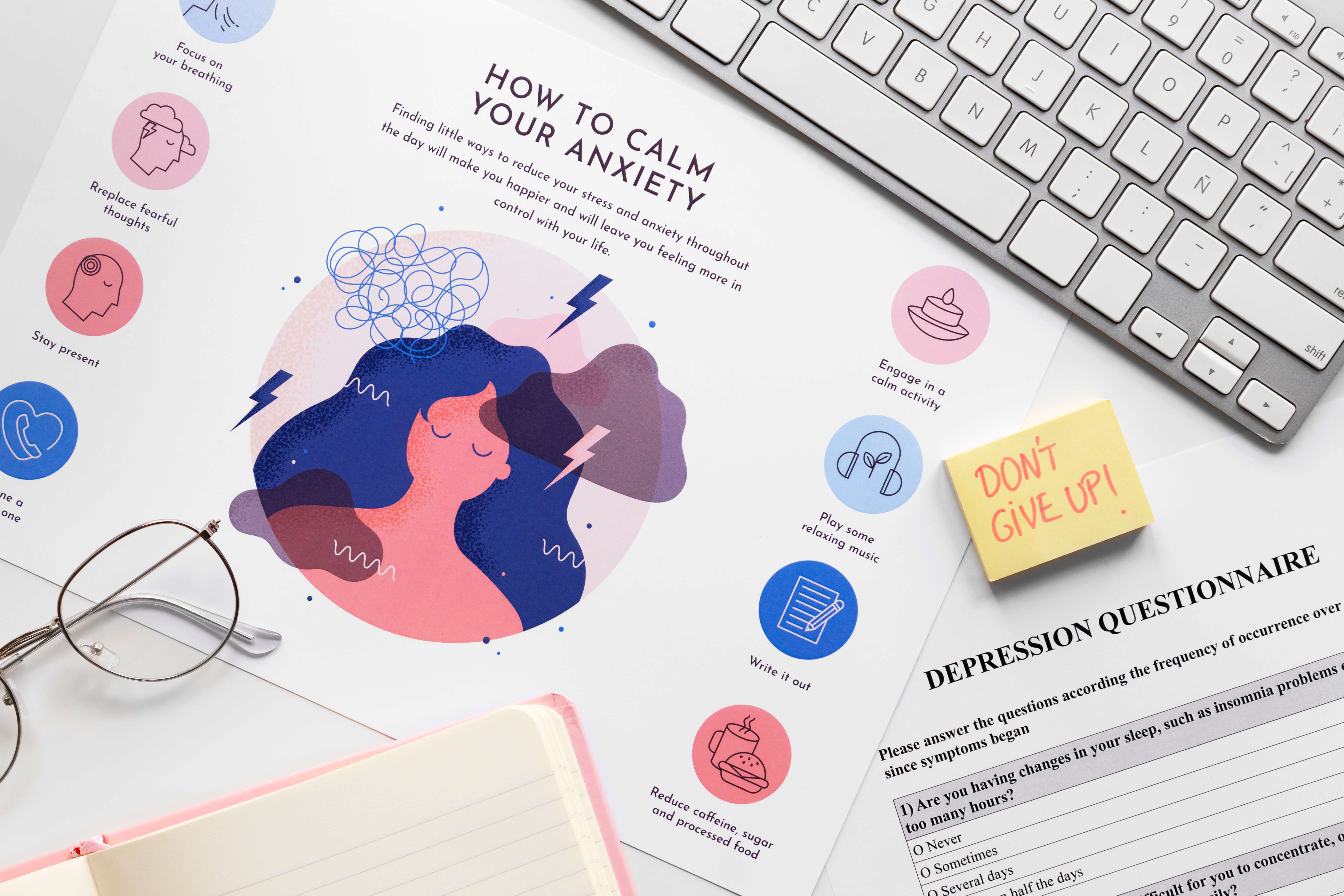- Updated on 9 July 2024
If you are in a live-in relationship or plan to get married soon – you may benefit from premarital counselling in Malaysia.
If you are going to spend a lifetime with a partner, you may be busy discussing your future together.
However, if you have not had these ‘hard’ conversations, a marriage counsellor may assist you.
You may know for sure about some things, such as your mutual affection for each other, your trust, respect, and the spark in the relationship.
But what about the ‘big’ topics?
Do you want to build your life the same way as your partner? What type of house are you planning to live in? Are you planning to have children? Who handles finances?
A great way to bring up the above questions and tackle them would be during counselling.
Your marriage counsellor in Malaysia may help you identify issues you may have missed. You and your partner can also learn tools to build a happy marriage together.
Read about what you can expect from premarital counselling in Malaysia, its benefits, and what to do if only one partner is willing to seek therapy.
What Is Premarital Counselling?
Premarital counselling in Malaysia can help you prepare for marriage.
Through counselling, you can learn how to:
- Understand your partner better
- Accept the cultural differences that may influence your marriage
- Resolve conflicts without hurting each other
- Have productive conversations about finances, future planning, values, goals, and needs
- Support each other unconditionally
- Communicate and interact healthily
Other than helping you solve issues, premarital counselling can also help strengthen the bond, affection, trust, and intimacy.
It is an opportunity for you and your partner to view your relationship from a fresh, non-judgmental perspective.
For many, marriage may not be the end goal they wish to seek for their relationship.
Although premarital counselling may indicate a very specific type of counselling (ie counselling for marriage), it can help any couple who wishes to take their relationship to the next stage.
The earlier you learn essential skills, the better your relationship will become in the long term.

What to Expect from Premarital Counselling
Premarital counselling in Malaysia helps couples understand each other better before marriage.
During sessions, you may discuss your communication styles and love languages. Depending on your issues and needs, your marriage counsellor may use tools from Gottman couples therapy or solution-focused brief therapy.
Some couples may already have topics they want to address during counselling. For example, the couple may say they love each other but struggle to resolve arguments without hurt and blame.
Other couples may not have anything specific in mind and wish to understand their dynamic better.
Regardless of which category you fall into, you can expect to discuss the following:
- Your interactions with each other
- Interactions with each other’s family members
- Friends
- Spirituality
- Cultural differences
- Sex
- Careers
- Parenting styles
During premarital counselling, you may also identify if you both are compatible in the way you want to be.
Your counsellor will maintain neutrality and not take sides. This could mean that the three of you (ie the counsellor, you, and your partner) may view your relationship as that of a client and work together to solve problems and strengthen the bond.
Benefits of Premarital Counselling
Premarital counselling in Malaysia has several benefits.
If you are yet to get married, you can learn how to handle future conflicts and equip yourself with skills to keep your marriage afloat long after therapy ends.
You may learn how to be vulnerable and honest with your partner – which is a key element in improving closeness and affection.
Additionally, you may reflect and reduce assumptions about your partner. You may create a healthy bond When you truly listen to each other without judgment.
Premarital counselling also helps create realistic couple goals that you can work towards.
In fact, counselling can also be a fun way to get to know each other better!
More importantly, your counsellor will provide a safe environment in which you can openly discuss topics that you may otherwise be hesitant to address.
Through counselling, you can learn interpersonal skills such as:
- Communication skills
- Assertiveness
- Decision making
- Conflict resolution
- Active listening
- Emotional vulnerability

What If Only One Partner Wants Premarital Counselling?
When only one partner wants premarital counselling in Malaysia, and the other is hesitant, communication becomes a key element in resolving this issue.
Talk to your partner and try to convey the below ideas in a non-confrontational manner:
- Ask your partner if there is something specific they are worried about. Talk about your apprehensions as well, and let them know that they are not alone in this journey.
- Highlight the benefits of premarital counselling. Let them know how you think it might help you prepare for marriage.
- If you wish to address a specific problem, talk to your partner about it and ask what they think. For example, you could say, “Would you like to develop some decision-making skills together so we can be better prepared during major events in our lives?”
If your partner is still hesitant, do not force them. Seek individual counselling in Malaysia meanwhile and share your progress.
Alternatively, you could suggest attending only one or two sessions. This way, you can avoid the regret of not trying out and gauge your interest in counselling simultaneously.
Takeaway
If you’re in a live-in relationship or planning to get married soon, premarital counselling in Malaysia could be helpful. It offers a safe space to have those ‘hard’ conversations about the future, covering everything from finances and children to living arrangements and handling conflicts.
Premarital counselling is an opportunity to understand each other better, accept cultural differences, and communicate more effectively.
Whether you have specific issues to address or just want to ensure a strong foundation for your relationship, premarital counselling can provide valuable insights and skills.
And remember, if only one of you is interested in counselling, it’s important to communicate openly about the benefits and consider starting with just a few sessions to gauge its impact.
Ultimately, premarital counselling can be a fun and enlightening way to prepare for a lifetime together.





















